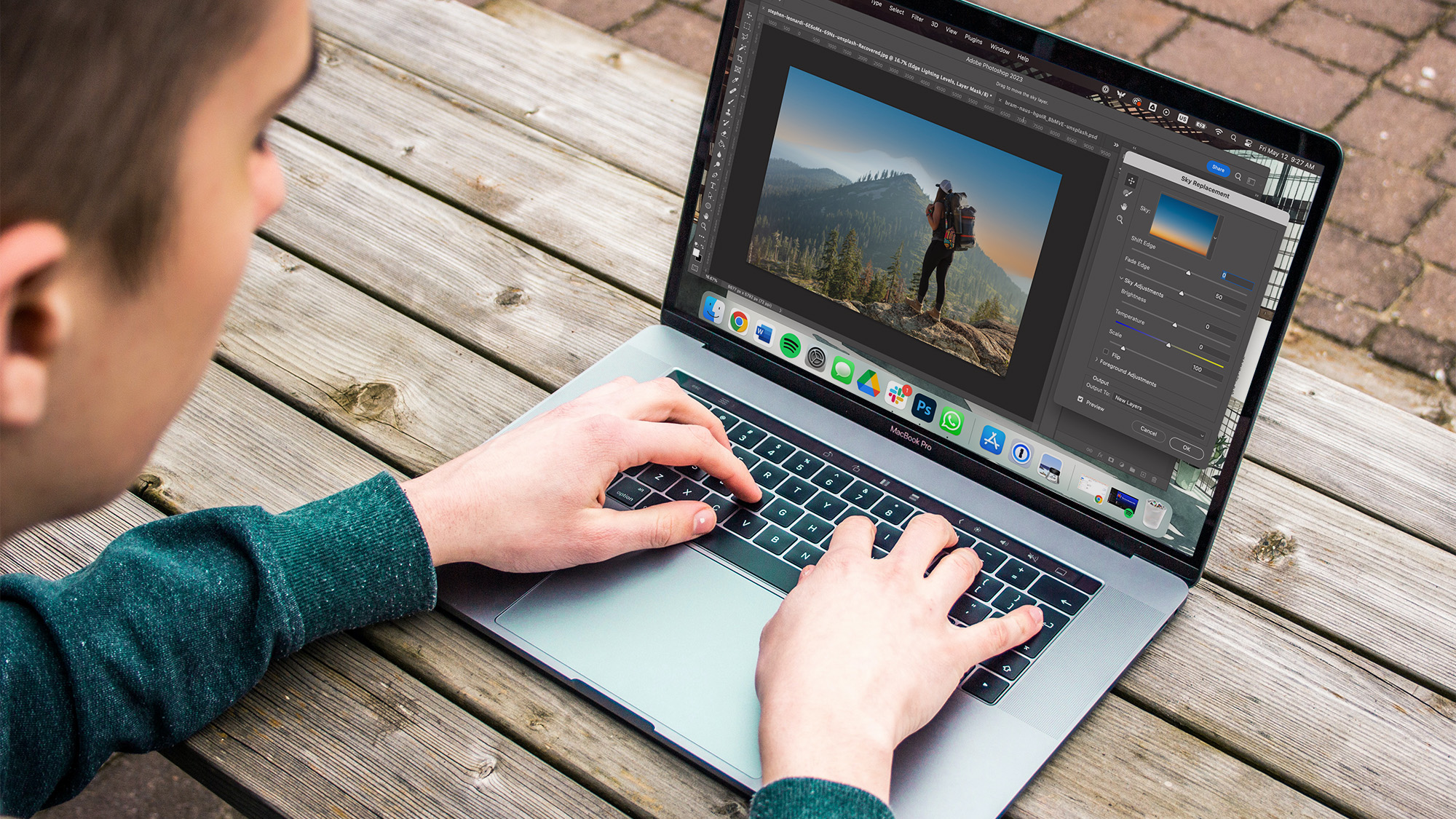

The swift rise of generative platforms such as ChatGPT and Dall-E mini has brought artificial intelligence to everyone’s attention in recent months. But programs such as Photoshop have been offering AI assistance of their own for quite some time now.
When it comes to Adobe’s image editing software, these capabilities are there to help select the outline of an object, fill in a picture’s background, or change the expression on someone’s face. Your AI-enhanced edits can be subtle or quite dramatic, and there’s plenty of room to experiment.
All of this machine-powered magic works in a similar way, no matter what Photoshop tool you’re using: developers have used vast amounts of stock and copyright-free images to train the program to be able to decide where a pixel should or shouldn’t go, or what color it should be.
Neural Filters
Filters typically work as an added, easily removable layer that manipulates the existing pixels in an image. But Photoshop’s Neural Filters take it up a notch by introducing new information into a photo.
[Related: 10 free Photoshop and other alternative programs you need to try]
To use them, go to Filter in the main navigation bar and then click on Neural Filters. You’ll be able to choose from a wide range of actions, such as adding depth to your images and smoothing the skin on people’s faces. Each filter comes with its own set of options, so you can tweak them to make them more or less aggressive, depending on what you want your final photo to look like. You may notice some of the filters are still in beta. This means they’re works in progress, so keep that in mind if you use them, as the results might be less than perfect.
For example, click Smart Portrait and you’ll be able to use simple sliders to make people in the photo look happier, younger, or older, and even change the direction they’re looking in.
Intelligent Refine Edge
Selecting objects and picking them out from their background to edit them or remove them entirely used to be a painstaking task. Fortunately, it’s becoming easier thanks to Photoshop’s AI muscle. Select an object using the Quick Selection, Magic Wand, or Lasso tools, and pick Select and Mask on the toolbar to start refining.
Switch to Object Aware mode on the right menu to get Photoshop’s help in picking out edges, then use the Refine Edge Brush Tool to make cuts—select it by clicking the second icon from the top down in the left sidebar, or hitting the R key on your keyboard. It’s particularly good when you’re trying to trace around very faint edges, like someone’s hair.
Sky Replacement
The sky is a key element in many images and Photoshop has an AI tool dedicated to it, enabling you to change the weather, the mood, or the time of day.
Open an image, go to Edit, and then Sky Replacement to make alterations. You can drop in one of the program’s presets or load your own, as well as tweak the sky’s temperature and brightness, and make adjustments to the foreground to help it match the lighting.
Select Subject
Selecting an object in an image can be difficult, especially if its outline isn’t particularly clear. This is where Select Subject comes in. This tool uses AI processing to identify the main star of your photo (it can be a person, a tree, or a dog, for example) and automatically select it for you. Just go to Select and choose Subject to let Photoshop get to work. Even if it doesn’t pick out the subject exactly, it should give you a good starting point.
Content-Aware Fill
Photoshop can remove objects from your images using the information in it and a little AI magic to fill in the gaps. This tool doesn’t always get it perfectly, as the software doesn’t actually know what is behind the object you want to wipe out, but the results can be impressive.
[Related: Photoshop’s new Super Resolution feature makes images bigger, not blurrier]
Select an object in your photo, go to Edit, and choose Content-Aware Fill. You’ll be able to refine your selection further and see a preview of how the fill is going to work. You can specify areas of the image Photoshop should use to fill in the background once it removes the object.
To do this even quicker trusting in Photoshop’s process and without any refinement options, select an object and press Shift+Backspace. Just make sure the Content-Aware option is selected in the dialog box that pops up, and click OK to apply the changes.
